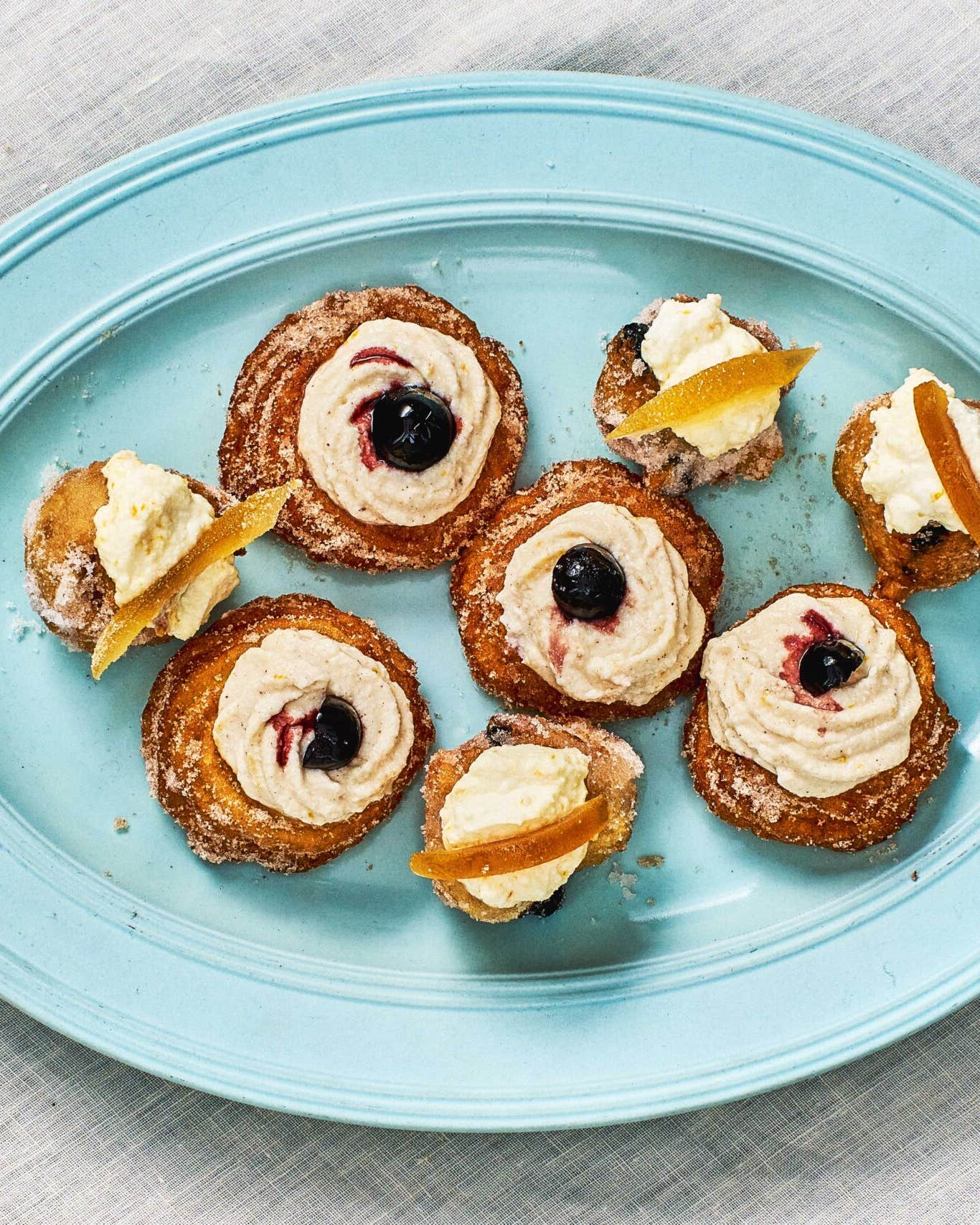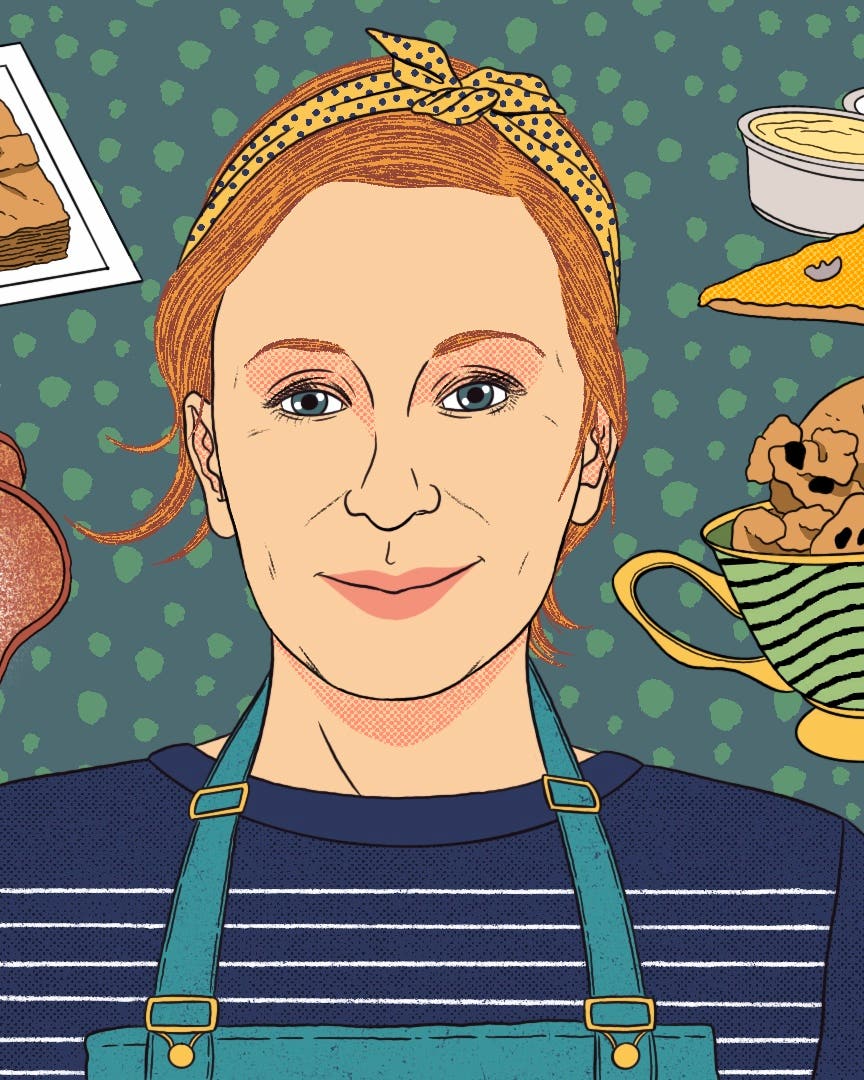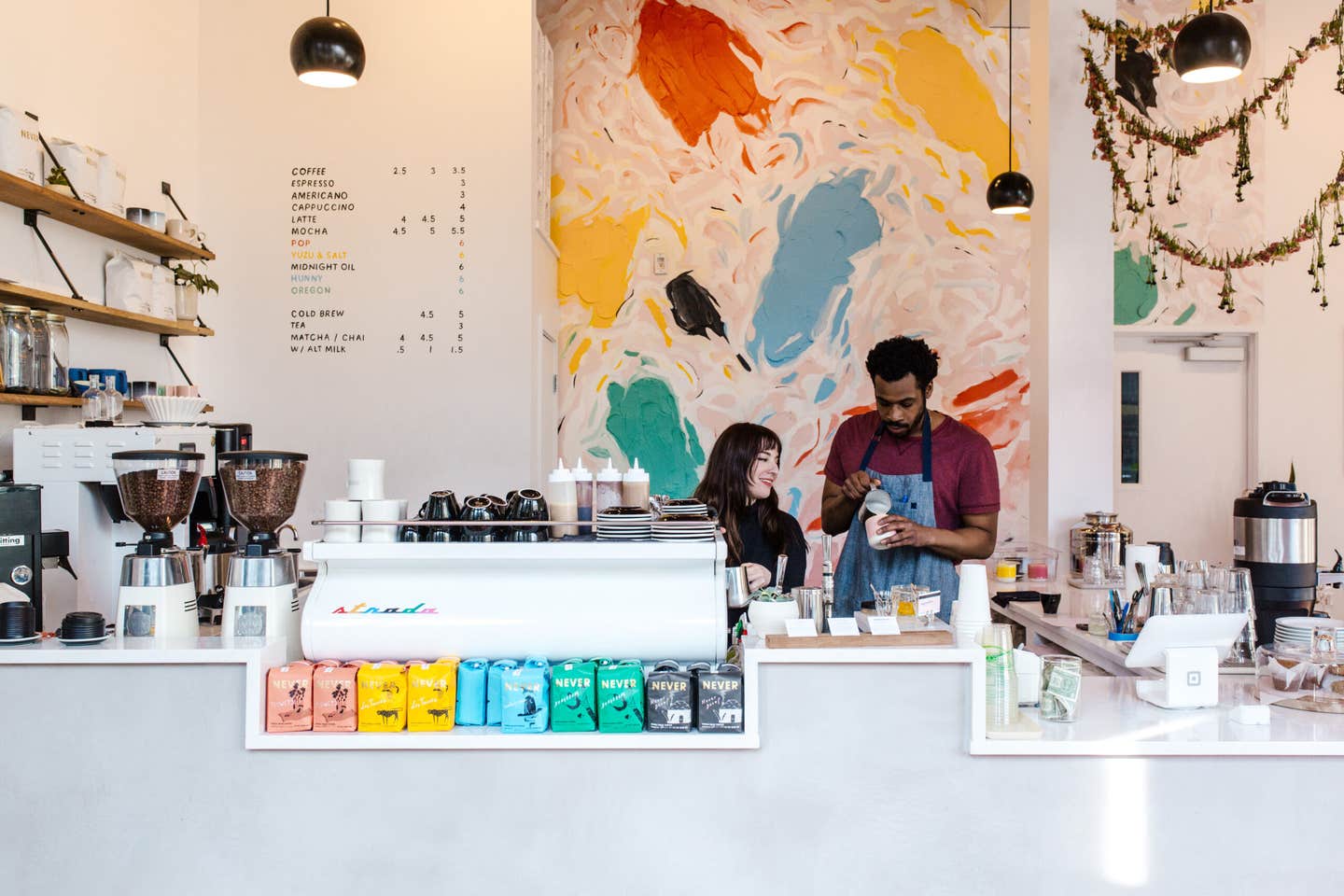
Joan Roca on Catalan Comfort Food, Kitchen Culture, and the Future of Fine Dining
Molecular gastronomy is dead, long live molecular gastronomy.
Long before the pandemic walloped fine-dining restaurants the world over, the writing was on the wall in Spain: molecular gastronomy was out. The foamed, centrifuged, and spherified wonders that put Catalonia and the Basque region at the culinary forefront in the aughts had all but lost their novelty. The pendulum had swung back toward minimalist, terroir-driven dishes: a fermented baby beet dribbled with single-source olive oil, perhaps, or claw-on roast squab splashed with blood-giblet jus.
The question many were asking then—and are still asking now—is, what is next for Spanish fine dining? And will the chefs that defined Spanish alta cocina (haute cuisine) for so long, like Ferran Adrià, Martín Berasategui, Elena Arzak, and Joan Roca, fade into the past or evolve to meet, and potentially define, the zeitgeist?
Joan Roca is culinary royalty. His restaurant, El Celler de Can Roca in Girona, has three Michelin stars and bagged the number-one spot of the (controversial) World’s 50 Best Restaurants awards in 2013 and 2015, dethroning René Redezepi’s Noma in Copenhagen. Diners’ glowing reviews landed El Celler among TripAdvisor’s 2019 top 10 restaurants. The perennial buzz keeps the waitlist at a cool one-year long, on average.
Today, the three Roca brothers—Joan (chef), Jordi (pastry chef), and Josep (sommelier)—are making inroads in the U.S. building on the momentum created by the Netflix Chef’s Table episode that spotlighted Jordi and his sci-fi desserts. The Rocas will soon open a gelateria in Houston called Rocambolesc as their first American venture. Rocambolesc, with its popsicles shaped like human noses and gelato encased in hot brioche, already has a cult following in Spain.
With the Rocas gaining more and more traction, it seemed timely to take stock with Joan—to get a refresher on Catalan cooking and to hear what he believes is in store for the future of fine dining.
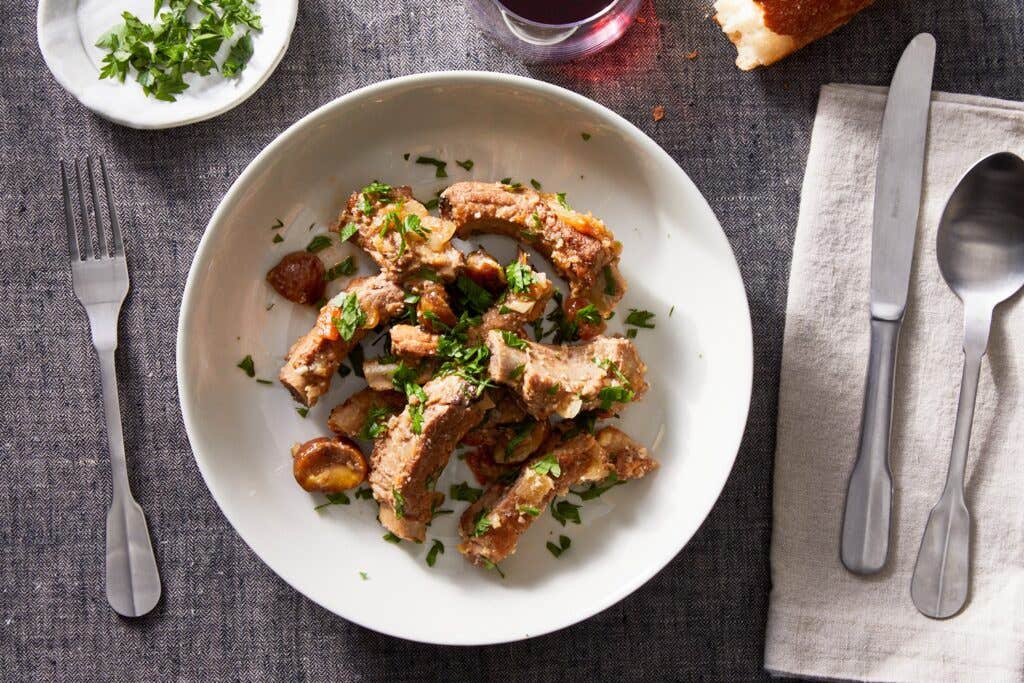
What foods did you eat growing up?
I remember lots of slow-cooked stews, which are the bedrock of Catalan cooking. Stews like beef and wild mushroom or braised pork ribs with chestnuts. You always start with a sofrito made with fried onion, garlic, and tomato, to which you might add meat or seafood or both, plus vegetables and stock. Before serving, you stir in a picada, which is akin to a Mexican mole in that it often contains ground nuts as well as saffron, dried bread, garlic—whatever the cook has lying around the pantry. A picada really brings a dish together.
What dishes and flavors define Catalan cuisine?
It’s hard to know where to start! Catalonia stretches from the Pyrenees on the French border down to the Mediterranean on the Costa Brava, and each area cooked with what was available. One dish that unites the region is escudella, a boiled one-pot dinner. You throw everything you have on hand into a pot—maybe a ham bone, some fatback, chickpeas, root vegetables—and boil it all together for hours. In my house, there was always a “pilota” added to the broth, a huge meatball made with ground pork, moistened bread, and milk.
So, Catalonia’s regional differences in food are mostly due to climate and geography?
Yes, but our cuisine is also diverse because of cultural waves. Through the centuries we’ve absorbed knowledge from Arabs, Jews, Greeks... Take pa amb tomaquet, for instance. It’s an emblematic Catalan dish, but we didn’t have access to tomatoes until they were brought back from the Americas. That’s pretty recent in the grand scheme of things, which goes to show that we’ve always been open-minded—adept at incorporating new ingredients and techniques into our food traditions.
Do you incorporate Catalan ingredients and techniques into dishes at El Celler de Can Roca?
I like applying innovative technology to familiar dishes. For example, I’ll flavor an oyster with a distillate that we make from soil from a nearby forest. This sounds thoroughly modern, but in reality it’s a wink to the very Catalan tradition of mixing surf and turf—chicken with lobster, rabbit with prawns. In this way, we create something novel, something that no one has ever made before, that is simultaneously deep-rooted.
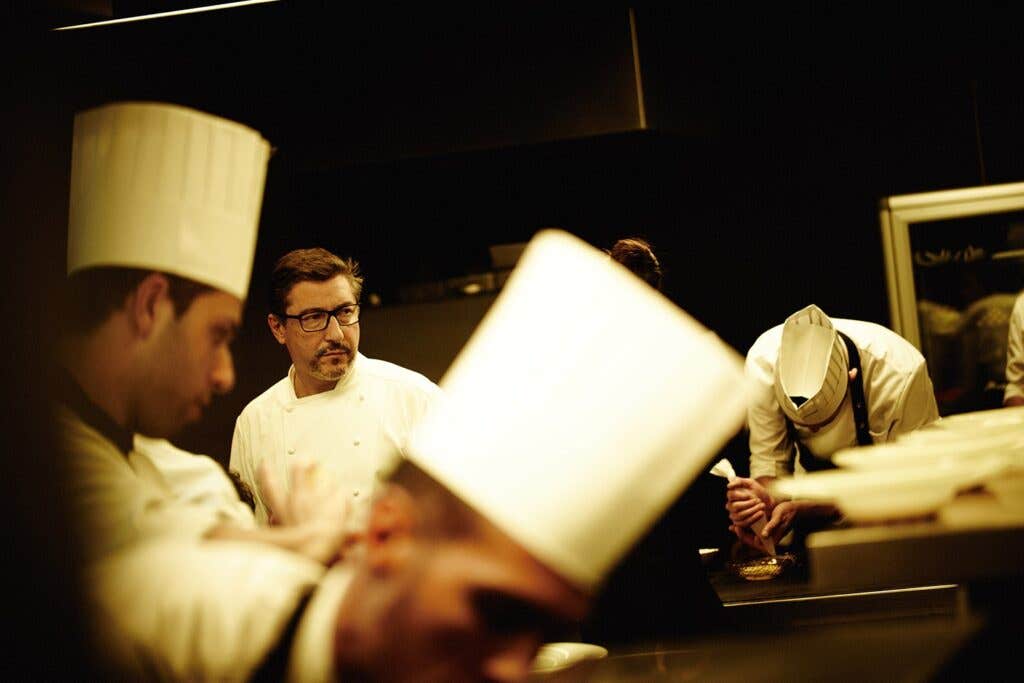
El Bulli closed a decade ago, and with it, much of the hype around molecular gastronomy. Where do you think fine dining is headed? What’s the next big thing?
Spanish cuisine went public, in a sense, thanks to those technological advances in the kitchen, but it’s undeniable that we’re in a new phase now. We absorbed all of the creative freedom from that era, kept some of the techniques, and discarded others. The lines are open! Chefs in Spain today are increasingly focused on respecting ingredients as opposed to manipulating them. The future is going to be less interventionist with fewer additives and subtler cooking techniques. And it will be more sustainable: we’re moving away from sous vide in plastic, for instance. Fire cooking is on the rise, and so are preserved and fermented foods, both of which are a return to the forgotten ways of our ancestors. Lots happening with seaweed right now as well. It’s all on the move. And it’s extremely interesting.
With inequality on the rise, an argument could be made that restaurants like El Celler de Can Roca are exclusionary by design, playgrounds for the super-rich. What would you say to that critique?
I get why it’s difficult to understand the relationship between haute cuisine and society as a whole, especially given the circumstances you just mentioned. My feeling is, most everyone can afford one expensive meal every now and again, if that’s what they choose to save their money for. Furthermore, restaurants like El Celler de Can Roca are net wealth generators, providing a good living for people in the community. Like any chef, I’d love to solve world hunger and house all the homeless—and indeed, chefs are often at the forefront of solidarity efforts to help the needy. Sustainability needs to be social as well as environmental. This is what we should be focusing on.
How have you made El Celler de Can Roca more socially sustainable?
During the pandemic, it meant preventing layoffs by starting new initiatives. For example, we converted our event space, Mas Marroch, into a restaurant serving our most iconic dishes of all time. But more broadly, we have been reflecting on a simple question: How can we improve our employees’ lives? The most important thing has been cutting shifts from 14 to 8 hours—we wanted people to lead full, stable lives outside of work. That meant reorganizing our staff into two full brigades. It also meant adding a psychologist to our team to resolve conflicts and keep excitement at a maximum. Excitement begets excellence, which in turn provides guests with the best possible experience.
Keep Reading
Continue to Next Story







